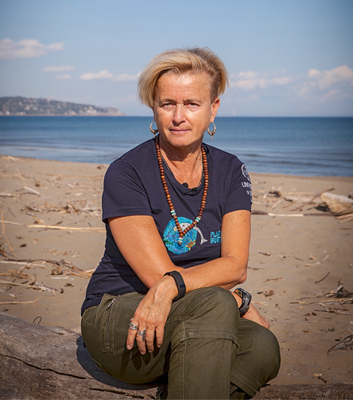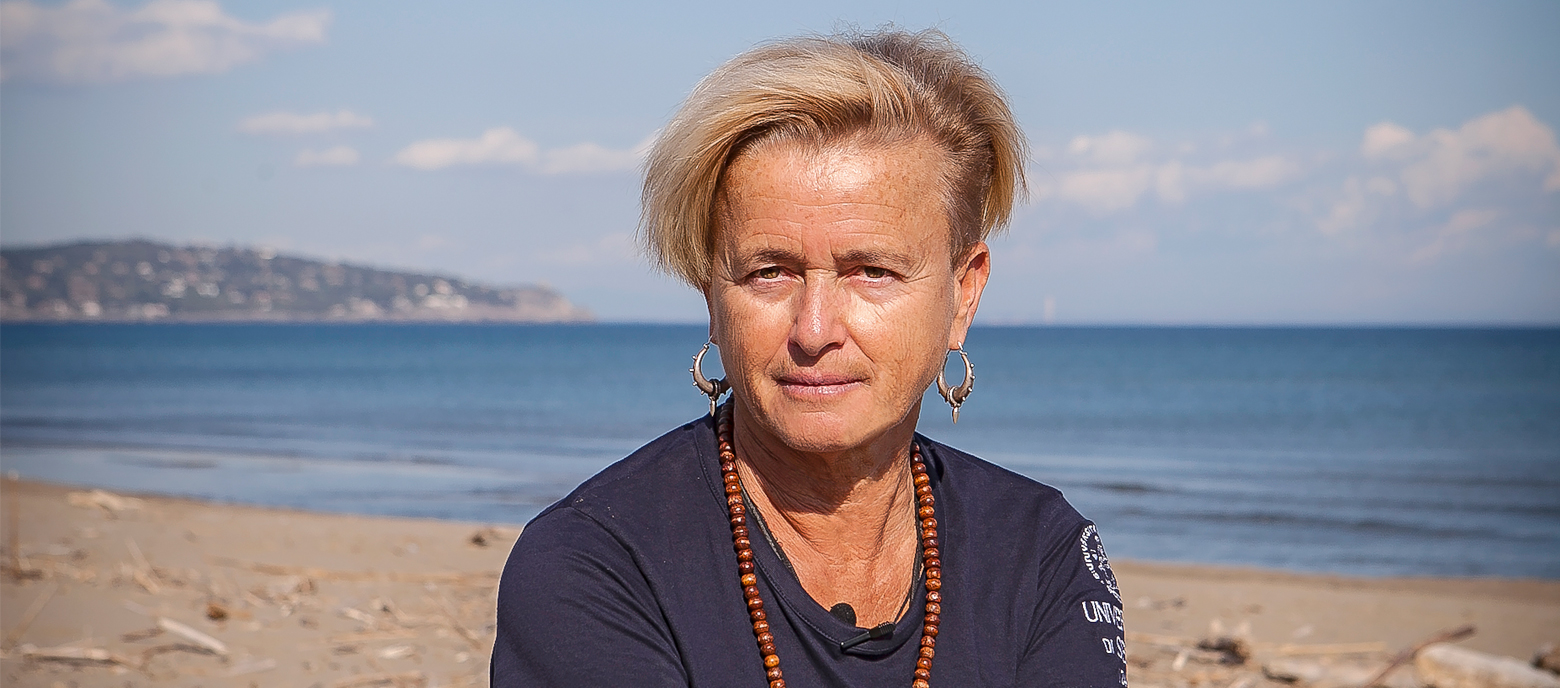Interview
‘The time to act is now’
The world’s oceans already contain an estimated 100 million tonnes of plastic and waste. How does that affect them?
Right now, the relation of plastics to fish in the world’s oceans is one to five but it is expected to be one to one by 2050. The litter can impact marine wildlife in several ways: through ingestion or entanglement, transportation of organisms on litter items, damage to the seafloor or reduced oxygenation of species. But it can also release toxic compounds. Unfortunately, most of the impacts on marine wildlife are yet to be fully understood – and thus of key interest to me as a researcher. But we do know that more than 800 animal species are seriously affected.

What does this plastic do to marine fauna and flora according to your present knowledge?
It starts with macroplastics – pieces that are clearly visible, like nets or bottles. With time, these macroplastics degrade, becoming more difficult to see though they are still present in our oceans as microplastics. These might follow several paths, all potentially harmful for marine wildlife: they can be eaten by filter-feeding organisms like mussels as well as by commercial fish species that we later consume. They might be colonised by microorganisms such as bacteria and act as vehicles for their dissemination at distances beyond their usual range. Or they could further degrade, thus releasing chemical compounds influencing both the water quality and the health of ecosystems and marine wildlife. To find out more about microplastics, whales can serve as bio-indicators because they filter huge amounts of water every day.
Have microplastics already entered the food chain? Do we already eat poisonous fish?
This is a much debated issue, especially because it closely affects our lives. However, there is no scientific evidence as yet of the effects of plastics on humans. This does not mean that there could be no effect, though.
How much time do we have to turn the situation around before we irreversibly endanger the oceans?
Oceans with the same share of plastics and fishes are undesirable. And that scenario is not far away; 2050 is around the corner. According to the planetary boundaries concept, the window of opportunity to avoid a permanent destabilisation of key ecosystems is much shorter than originally thought. Perhaps five to ten years? Perhaps even less. From a scientific point of view, this is not easy to say at the moment. But we definitely know that time is running out. The failure to intervene and preserve the critical processes of our planet could trigger a cascade effect and seriously harm human existence on Earth.
What are the possible solutions from a scientific point of view?
We first have to gain more insight and understand all the correlations and impacts of which we are not yet fully aware. I am part of the EU-funded project Plastic Busters MPAs conducted in the Mediterranean region, which also received invaluable support from GIZ at its inception. We first monitor marine litter and find out where it tends to accumulate. Secondly, we will compile possible measures to prevent, reduce and mitigate marine litter. Together with the authorities of a selected number of protected areas, we will then test potential solutions on the ground, which will ideally be replicated across the whole Mediterranean. And hopefully they will be part of the wider EU policy context and activities. I am thinking for example of the Circular Economy Package and the ban to use single-use plastic items starting from 2021.
Most of the remedies envisaged so far take quite a lot of time, time that we don’t have. Is there anything that could be done in the short term?
I can answer with just three words: reduce, reuse, recycle. On top of this, I would add increasing the environmental awareness of people everywhere and across all levels of society.
published in akzente 2/19
Throwaway lifestyles
Essay Waste
Kick-off at the scrapyard
In focus: Waste
As far as the eye can see
Infographic Waste



